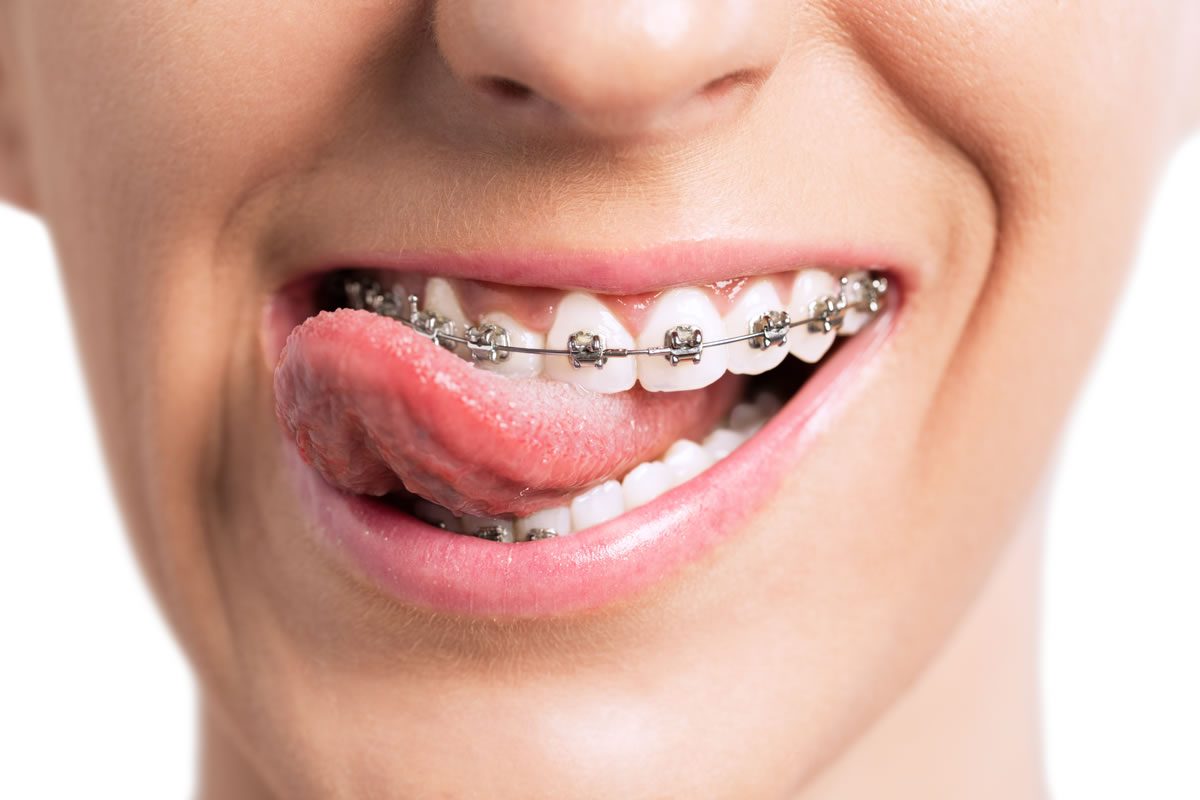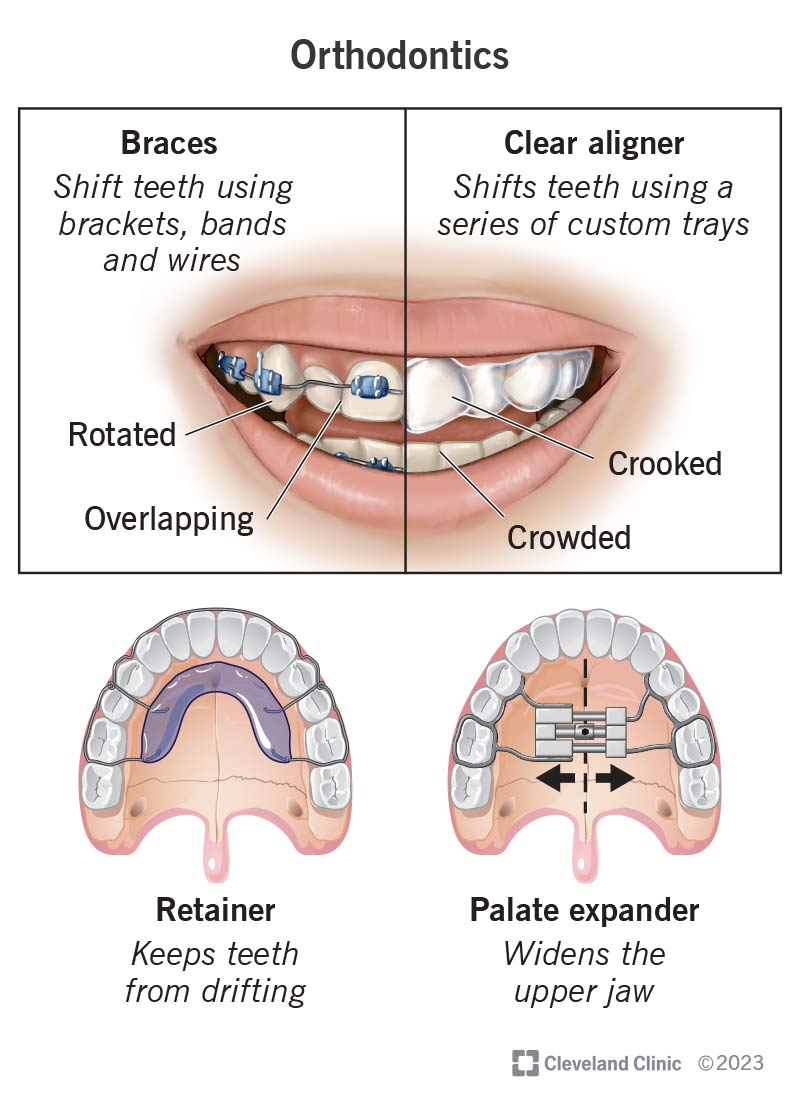The Best Guide To Causey Orthodontics
Wiki Article
Excitement About Causey Orthodontics
Table of ContentsExamine This Report about Causey OrthodonticsThe Only Guide to Causey OrthodonticsFacts About Causey Orthodontics UncoveredThe Basic Principles Of Causey Orthodontics An Unbiased View of Causey Orthodontics
Ignoring occlusal relationships, it was typical to remove teeth for a selection of dental issues, such as malalignment or congestion. The idea of an undamaged dentition was not widely valued in those days, making bite connections seem irrelevant. In the late 1800s, the principle of occlusion was necessary for producing dependable prosthetic substitute teeth.As these concepts of prosthetic occlusion proceeded, it ended up being an indispensable tool for dental care. It was in 1890 that the job and effect of Dr. Edwards H. Angle began to be felt, with his payment to contemporary orthodontics specifically notable. Initially concentrated on prosthodontics, he educated in Pennsylvania and Minnesota before routing his attention towards dental occlusion and the therapies needed to keep it as a normal condition, hence becoming called the "father of contemporary orthodontics".

The concept of ideal occlusion, as proposed by Angle and integrated into a classification system, made it possible for a change towards dealing with malocclusion, which is any kind of variance from typical occlusion. Having a full collection of teeth on both arches was highly looked for after in orthodontic therapy because of the demand for precise connections in between them.
Get This Report on Causey Orthodontics
As occlusion ended up being the vital concern, face proportions and aesthetics were ignored - orthodontist services. To achieve suitable occlusals without using external pressures, Angle proposed that having perfect occlusion was the finest means to gain optimal face aesthetics. With the passing of time, it ended up being fairly apparent that even a remarkable occlusion was not appropriate when taken into consideration from a visual point of viewIt ended up being apparent that orthodontic therapy could readjust mandibular growth, bring about the development of practical jaw orthopedics in Europe and extraoral force measures in the United States. Nowadays, both functional appliances and extraoral tools are used around the globe with the aim of amending development patterns and types. As a result, pursuing real, or at the very least improved, jaw relationships had actually ended up being the main objective of therapy by the mid-20th century.
Causey Orthodontics Can Be Fun For Everyone
 The American Journal of Orthodontics was developed for this function in 1915; prior to it, there were no clinical objectives to follow, neither any type of precise classification system and braces that lacked functions. Till the mid-1970s, braces were made by wrapping steel around each tooth. With developments in adhesives, it ended up being feasible to instead bond metal brackets to the teeth.
The American Journal of Orthodontics was developed for this function in 1915; prior to it, there were no clinical objectives to follow, neither any type of precise classification system and braces that lacked functions. Till the mid-1970s, braces were made by wrapping steel around each tooth. With developments in adhesives, it ended up being feasible to instead bond metal brackets to the teeth.Andrews offered an informative definition of the optimal occlusion in irreversible teeth. This has actually had meaningful effects on orthodontic treatments that are provided consistently, and these are: 1. Correct interarchal relationships 2. Appropriate crown angulation (idea) 3. Right crown disposition (torque) 4. No turnings 5. Limited contact points 6. Flat Curve of Spee (0.02.5 mm), and based on these principles, he discovered a treatment system called the straight-wire home appliance system, or the pre-adjusted edgewise system.
The advantage of the design hinges on its bracket and archwire combination, which needs only very little cable bending from the orthodontist or clinician (emergency orthodontist near me). It's aptly named after this feature: the angle of the port and density of the brace base eventually establish where each tooth is situated with little need for additional adjustment
The Buzz on Causey Orthodontics
Both of these systems employed similar brackets for each and every tooth and required the flexing of an archwire in three airplanes for situating teeth in their preferred placements, with these bends dictating best positionings. When it comes to orthodontic home appliances, they are divided into 2 types: detachable and taken care of. Removable home appliances can be tackled and off by the client as called for.
Thus, mostly all modern set home appliances can be taken into consideration variants on this edgewise appliance system. Early 20th-century orthodontist Edward Angle made a significant payment to the globe of dentistry. He developed four distinct device systems that have actually been utilized as the basis for many orthodontic therapies today, disallowing a couple of exemptions.
The 8-Second Trick For Causey Orthodontics

The cord finished in a thread, and to relocate onward, a flexible nut was used, which allowed for a rise in area. By ligation, each private tooth was attached to this large archwire (Causey Orthodontics). As a result of its restricted variety of activity, Angle was not able to attain exact tooth positioning with an E-arch
These tubes held a firm pin, which could be rearranged at each visit in order to move them in position. Called the "bone-growing device", this gizmo was thought to encourage much healthier bone growth as a result of its capacity for transferring pressure directly to the origins. Nevertheless, implementing it confirmed bothersome in truth.
Report this wiki page